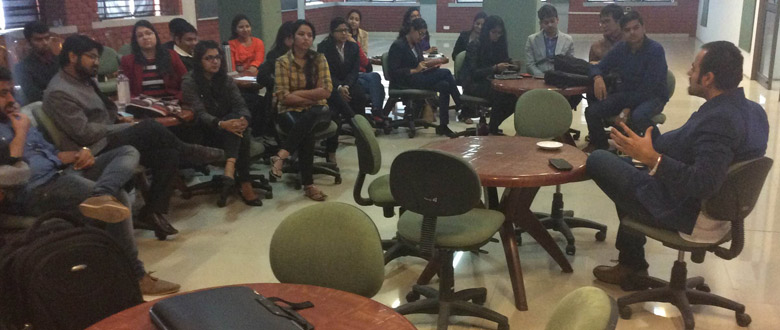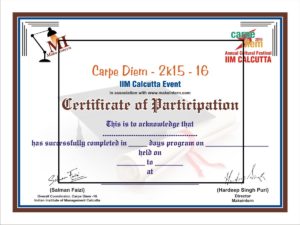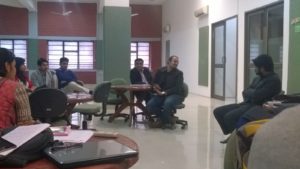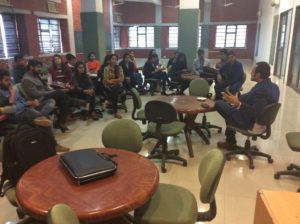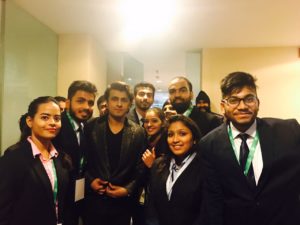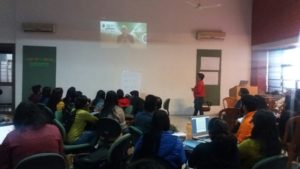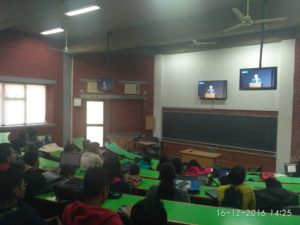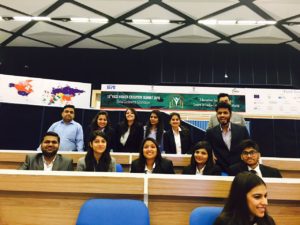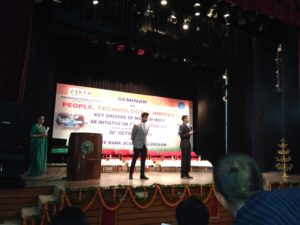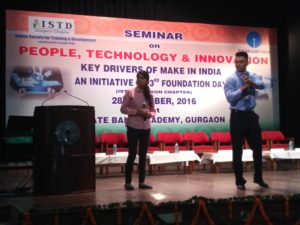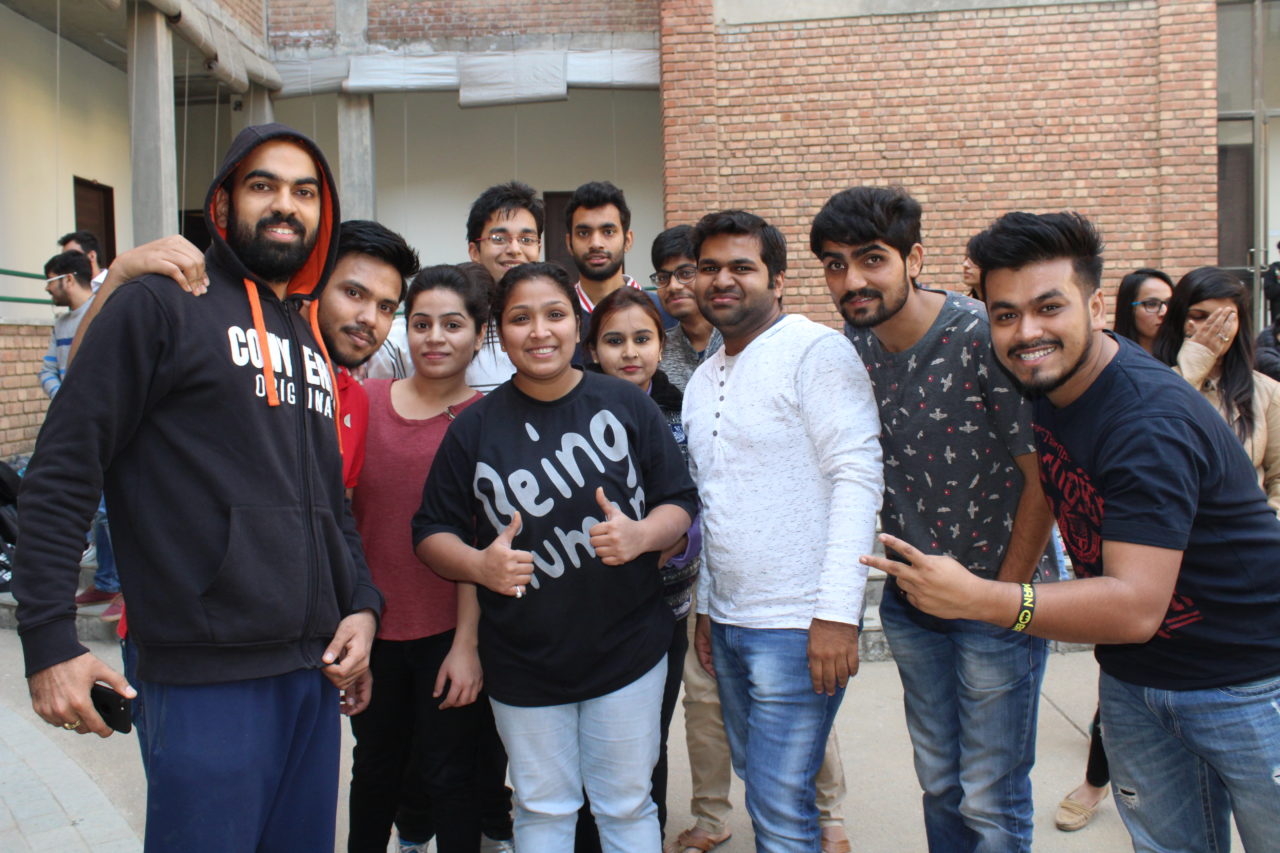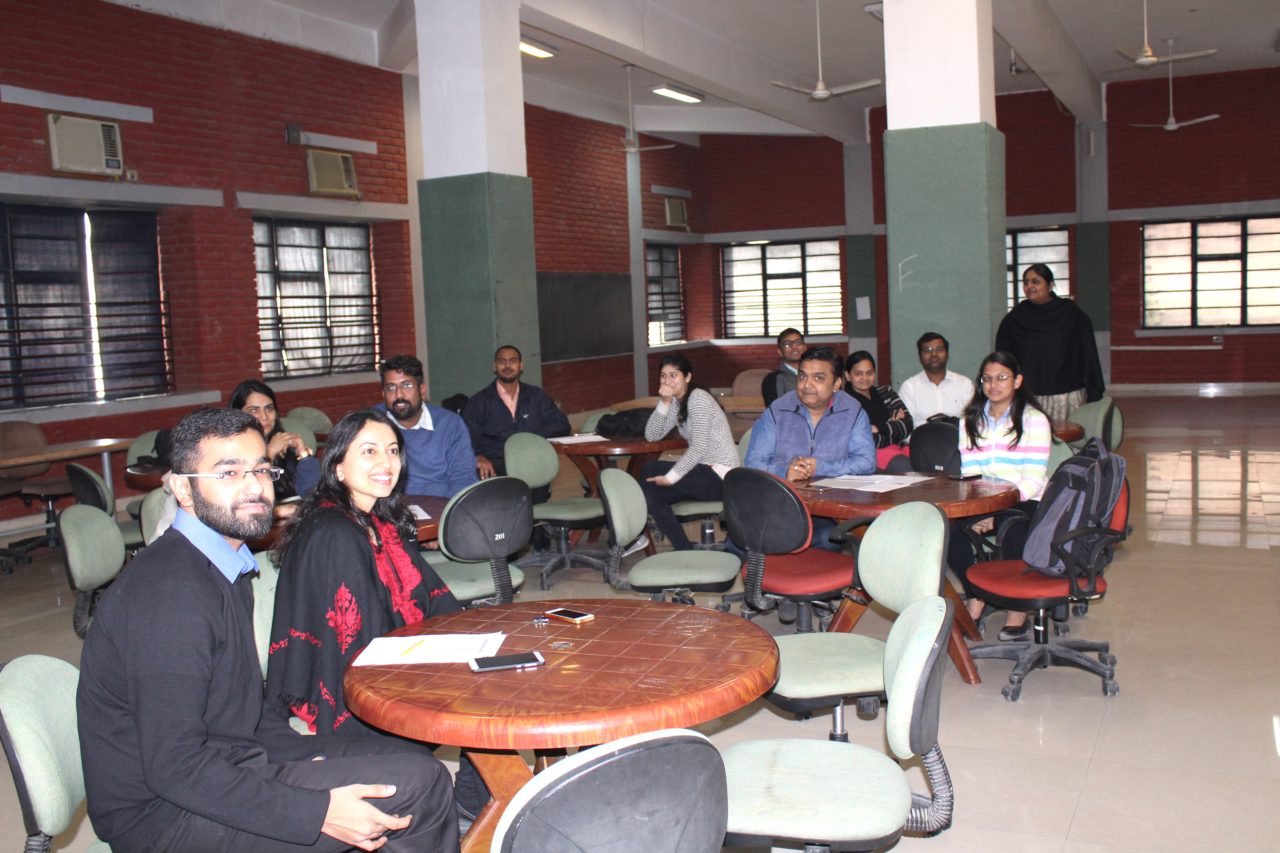The new Modi Government came to power with the motto of “Achhe Din”, which ensured that the government would try and focus on creating a better environment for all concerned. Every year when the budget is to be presented, the Finance minister is faced with a dilemma and more so when it’s a first (full) budget from a new government. He is faced with a choice of whether to go for a populist budget to have a good initial first impression of the government or to take a risk, which he was suggesting to previous finance ministers, while sitting in opposition.
SEE ALSO: Mr. Arun Jaitley’s Fine Balancing Act | Annual Budget 2016-17
The budget this year seems to be bent towards the risk taking and experimentation; even though not many bold steps have been taken yet, as was expected from the government. However the budget did provide an inclination of what is to be expected in the coming years.
Just like the finance minister, as citizens we too are faced with a choice. We may either focus on what’s not being done and complain, or align our thoughts on what all has been undertaken and critically assess the implications. I would rather take the latter option i.e. focus on the steps undertaken and the direction of these steps; and how they may impact an individual, the society and the economy as a whole.
As is known, India’s Economic Growth is pegged at 8% by 2017, as per the World Bank reviews. In my view the budget this year is a pragmatic budget while also being growth oriented. Whenever experts analyze a budget they focus on deficit and its effect on inflation, though there is no empirical evidence of the linkage between the two. Let’s not focus too much on figures and the technical jargons, which only the CA’s and financial analysts might understand, because in last 67 years we have seen that jargons can’t lead to solutions. Let’s focus on actual steps taken.
In my opinion the idea behind the budget this year was to De-bottleneck the economy, and to simplify certain processes. One of the major reforms in budget is focusing on financial inclusion, which of course is in line with the overall governmental policy. Even after 65+ years of independence, a large part of our population operates outside the organized financial sector. Hence steps like linking Adhaar to direct cash benefit transfer, RuPay cards Jan dhan yojna and increasing mobile banking, all seem to be directed towards the right direction. This time Indians have liked the JAM (Jan Dhan-Adhaar-Mobile)!!!
Mr. FM has perhaps taken cues from the old Rabbit-Tortoise story that slow and steady wins the race, so he has shifted focus of the government from interfering in the economy directly in the form of subsidies and exemptions; to a new role of providing stimuli to the economy in terms of better infrastructure. The National Investment and Infrastructure Fund (NIIF), to be established with an annual flow of Rs. 20,000 Cr. indicate the government’s motive of creating ease of doing business. This seems to be in line with the “Make in India” Campaign. One such example is Plug and Play power projects, so now those private players who are investing can be sure of immediate/early starts of projects and reduced uncertainties. Another example is, The Tax free infrastructure bonds for the projects in the rail, road and irrigation sectors. (SETU) Self-Employment and Talent Utilization to be established as Techno-financial, incubation and facilitation programme to support all aspects of start-up business. Rs. 1000 Cr. is proposed to be set aside as initial amount in NITI in order to facilitate SETU. Though one can’t expect immediate results from these steps, but if properly and honestly implemented they will be very highly fruitful in long term and can prove to be real game changers for India as an economy.
Some of us may not like postponing of GAAR once again, believing it to be reason of huge revenue loss for the government. In my view what we need more at present is not revenue but the trust of the investors and assuring them of at least a predictable tax regime. There is no harm in catching those who evade tax but investors must also be assured that their past files will not be opened arbitrarily.
Another major step to be hailed is enlarging the scope of SARFAESI (The Securitization and Reconstruction of Financial Assets and Enforcement of Security Interest Act, 2002) and bringing large NBFC’s within the definition of financial institutions. This step is bound to speed up the process of recovery of NPA”s and there by improve the balance sheets of FI’s. Now they can lend to SME’s and mid- sized corporates without the fear of being caught up for years in legal battle for clearing NPA’s. However, at the same time they would have to ensure that they adhere to the Capital Adequacy Norms laid down by the Government from time to time for Financial Institutions. This would in turn ensure that unnecessary risk is avoided and loans are directed towards credit worthy lenders. Creation of MUDRA bank with a corpus of Rs. 20,000 Cr seems to be a step in this direction.
Another big step towards a larger economic and social goal is “Pradhan Mantri Suraksha Bima Yojna”, wherein everybody is to get accidental insurance of Rs. 2, 00,000 at a very nominal cost of just Rs. 1 per month, which was long awaited. In a country like India where a huge chunk of the population is poor, this can be a real game changer for society in long run. “Pradhan Mantri Jeevan Jyoti Bima Yojana” to cover both natural and accidental death risk of Rs. 2 lakh at premium of Rs. 330 per year for the age group of 18-50; as also the introduction of “Sukanya Samriddhi Account Scheme”, all seem to be welcome steps. Contribution to such schemes will be eligible for tax rebates under section 80C. Clearly, this Budget has focused on developing a robust social security system, which had been put on the back seat for long now.
The service tax increase from 12.36% to 14% (may be 16% after Swatch Bharat Cess) is a bit of a dampener, since it raises concerns of inflationary pressures on economy. The only justification being is the intention to rationalize and simplify the indirect tax system, as a prerequisite before the implementation of GST. The government’s commitment toward implementation of GST from 1/4/2016 is again highlighted in the budget. This again gives hope of a simplistic and understandable tax regime in future, which not only will reduce hardship of taxpayers but will also reduce administration and supervisory cost of the government in terms of tax regulation.
Reduction in corporate tax by 5% in next four years is though not a very populist step in the eyes of large population of India. This was required to give Indian corporates a level playing field in competitive market as their counterparts in other countries are paying less tax.
Some noteworthy steps have been taken for the capital market as well, which seem to be intended towards bringing the investor’s confidence back. Major steps like the proposal of Forward market commission to be merged with SEBI thereby giving more power to SEBI, the proposed introduction of India financial code, Public Debt Management Agency (PDMA) to be set up this year; are expected to bring both external and domestic borrowings under one roof. Gold Monetization, which will allow the investors to earn interest or take loan on gold, will also help in mobilizing the dead assets of households, towards the creation of economic capital. All these steps have been taken, keeping in mind the long term horizon and to set a platform for India to gain competitive advantage on international stage.
So in conclusion, it can safely be assumed that the FM has set up a multi cuisine buffet which is looking promising. What remains to be seen is how well it is served and executed, is it delicious enough for the country, and whether it will be able to satisfy the taste buds of not only more than 125 Cr Indians, but also the foreign investors who are seeking India as the fastest growing economy in near future. The planning seems to be good, and the execution needs to be better. It is a game of wait and watch.

